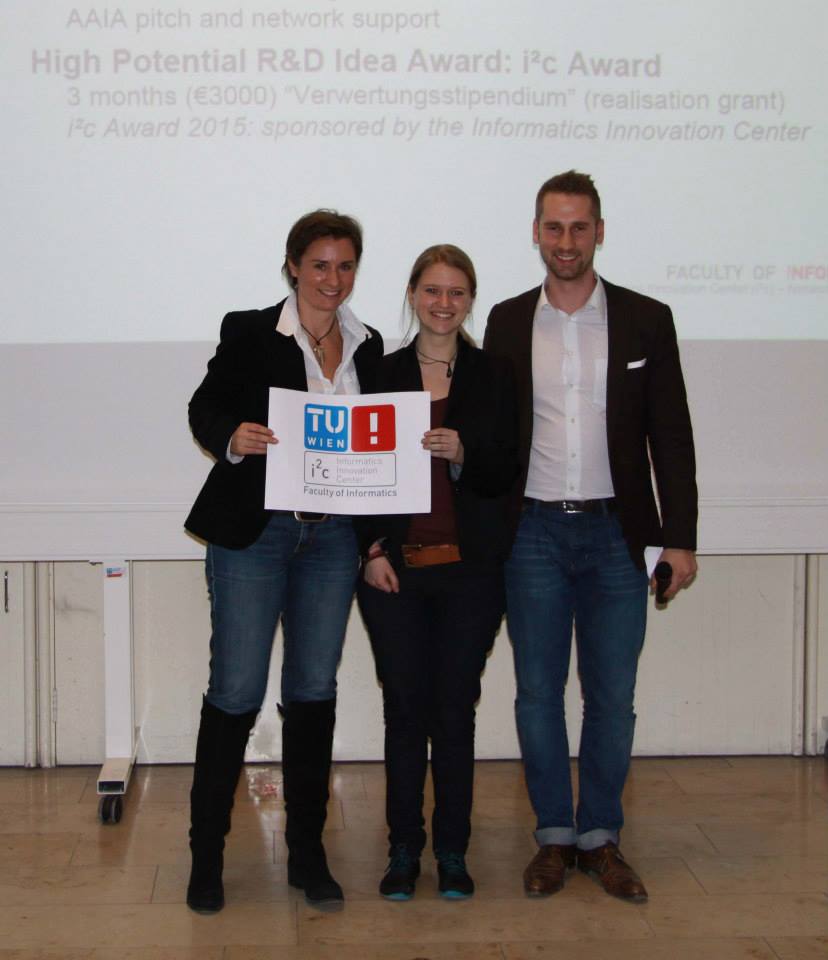By extracting the locations from the Tweets related to labour strikes in 67 languages, we were able to produce a heatmap of labour strikes.
Thomas Peruzzi, a successful founder, board member, business angel and investor chose an interesting topic for his talk in the i2c Public Lecture Series: advisory boards. Often seen on startups’ websites, I was aware that many young companies have a team of advisors, however I did not know much concrete about their role, how they would collaborate with startups and when and how a startup would be able find and hire a team of advisors. By focusing his talk on this topic, Tom Peruzzi clarified many of these questions and gave us insights into the perspective of the advisor as well.
In advisory board typically consists of a team of 3-5 people who use their individual expertise to help a companies’ management team to take the right strategic decisions. By asking the right questions they challenge the management’s assumptions and provide advice ideally leading to improved success. When a startup placed the first product on the market, got some first traction and has the first investor on board, it is the right time to set up a team of advisors. It is of great importance that advisors provide different types of expertise in disciplines which complement the fields of the management and are critical for business development. There are different remuneration schemes, one popular option is to pay advisors with 0.5-3% of company shares, In return advisors would meet with the management team on a regular basis every 1-2 month to discuss business development and assist with critical questions on demand. The relation between the company and the advisors is coined by respect and mutual trust, which makes Non-Disclosure Agreements superfluous as trust and discretion are basic preconditions. An advisor is different from a consultant, in a way that there is a more independent relationship, an advisor does not work for you, but is a long-term companion to the company who provides critical advice as needed.
As a potential future startup founder I learned from this talk that it is important to keep in mind already in the beginning that the startup you are founding is not going to stay a small, flexible team of friends for a long time, but in the best case is growing fast. Which creates the need for organization on the one hand and the responsibility to take the right decisions is increasing. As a manager you are expected to stick to your decisions and to not change decisions arbitrarily, at the same time you have to deal with a lot of uncertainty. Every professional advice you can get that helps to take the right, or at least prevent you from taking bad decisions is of critical importance. This assumes however that you picked the right people to get advice from, which might not be so easy. Advisors should not only fit in terms of expertise and knowledge to the company but also with their type of personality and communication. My conclusion from this is that you should see any business conference, talk or meeting also as an opportunity to spot potential advisors, maintain a list of professional, potential advisors already early one (maybe even before you found a company), which might help you to find the right advisors, once you need them.
Thomas Peruzzi left his secure job in a large IT company to found his own business in a time when his family was expecting the first child and was building a house. While many people would assume this time to be an inappropriate moment to start a new business, Mr. Peruzzi saw in this moment an opportunity to change his path entirely before settling down. While doubling his income in each of the following 8 years he never regretted his decision. For me this was a very impressive moment of this talk and encourages me to question our assumptions on what we consider appropriate.
Last week I attended an intense 4-day course on how to evaluate the business potential of your research and turn it into a startup.
It was an amazing time with lots of thinking, discussing and pitching. The i2c Innovation Center of the Vienna University of Technology provided us with 7 top experts every day who helped us to develop our business plan and to put this plan into a compelling 3-minute pitch.
With 12 to 16 hour days is was a lot of work but also a lot of fun.
In the end we got the opportunity to pitch our idea in 3 minutes to a jury of investors and experts and with my project StrikeSensor I won the High Potential R&D idea Award! Yeha!

Source: I2C Facebook Page
Business Model Canvas for my project StrikeSensor
These were the most important lessons I took from last week, and at this point I want to thank all the mentors and i2c Innovation Center for providing us with that knowledge and the unique opportunity to take part in great programs like this one.
From March on I will attend a 3-semester course on Innovation, I am looking forward!